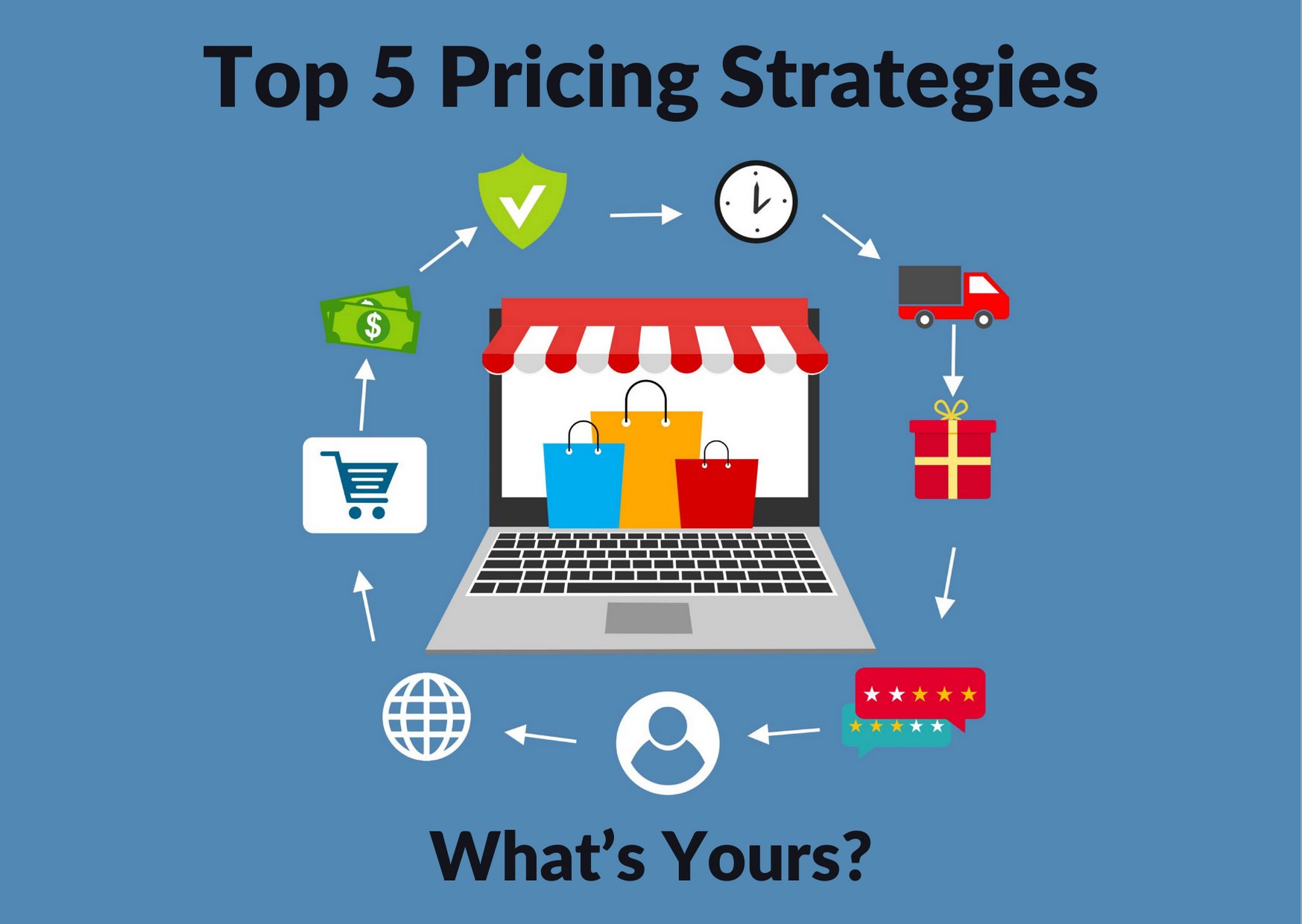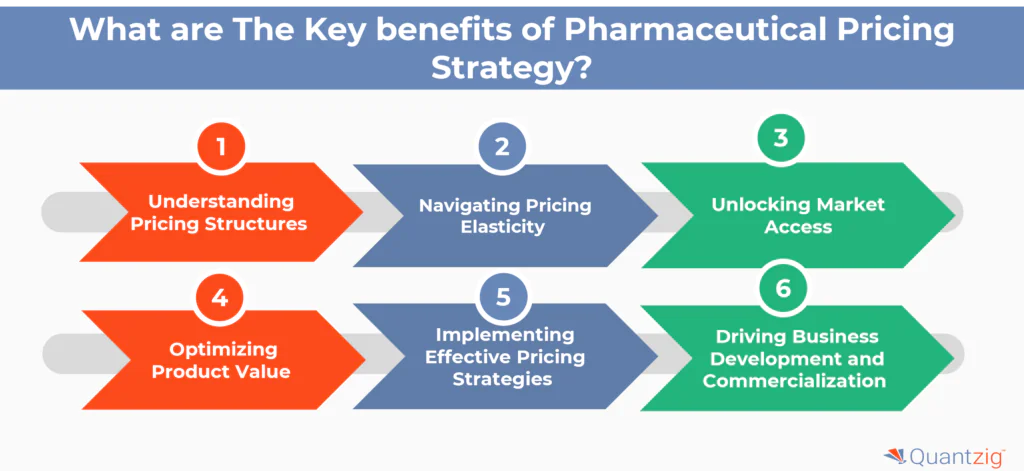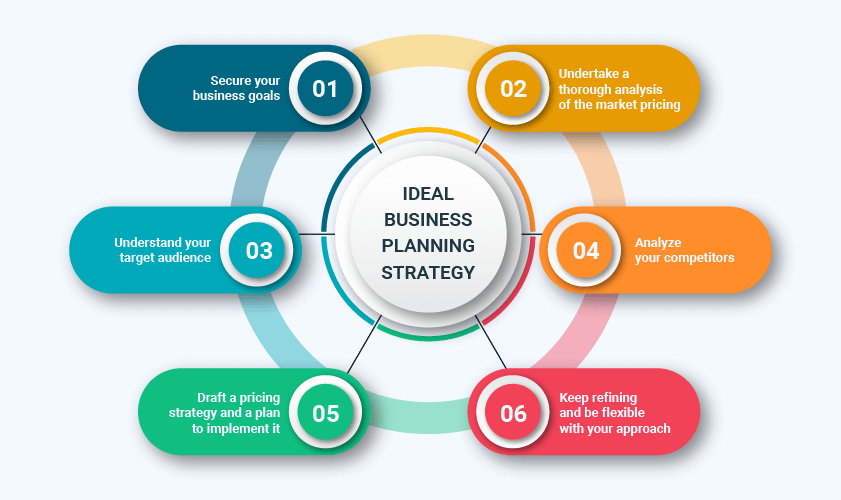Understanding Rates Methods: An Overview to Boosting Competitiveness
In an increasingly affordable landscape, understanding prices approaches is crucial for companies aiming to enhance their market placement. Recognizing rival pricing and the mental elements that influence consumer actions can develop a nuanced approach to rates that resonates with target audiences.
Value of Prices Methods
In the affordable landscape of business, the significance of prices techniques can not be overemphasized. Prices functions as a vital lever for organizations, affecting both market positioning and consumer perception. A distinct rates method can improve profitability, drive sales, and develop an one-upmanship.

Recognizing client actions is necessary in crafting prices strategies. Insights into cost sensitivity, regarded value, and affordable offerings permit services to adjust their prices models appropriately. Additionally, regular analysis of pricing performance is necessary to react to market characteristics and customer patterns.
Ultimately, a durable rates approach is important not only for income generation but likewise for long-term service viability. It shapes brand name identity, affects customer commitment, and plays a critical duty in the overall advertising method. Services have to invest time and sources in developing and fine-tuning their pricing approaches to prosper in an ever-evolving marketplace.
Types of Prices Models
Exactly how work determine the most effective method to price their services or items? The solution depends on understanding numerous pricing models, each suited to different market conditions and service purposes.
One widespread version is cost-plus prices, where a set percent is included in the complete price of manufacturing. This approach ensures that all costs are covered while creating a revenue. Alternatively, value-based rates concentrates on the viewed worth of the item to the customer, allowing businesses to bill a costs based upon consumer need and fulfillment.
One more approach is vibrant rates, frequently used in markets such as travel and friendliness. This version adjusts rates in real-time based upon market need, rival rates, and other external elements. Penetration rates is likewise significant, where businesses initially established reduced prices to enter an affordable market and gain market share, later on raising rates when a customer base is established.
Last but not least, skimming pricing involves setting high first costs for new or innovative products, profiting from very early adopters before reducing rates over time. Comprehending these models allows companies to strategically position themselves in the marketplace, aligning their prices techniques with their overarching goals.

Analyzing Competitor Prices
Comprehending competitor pricing is an important facet of formulating an effective pricing strategy. Organizations must conduct extensive evaluations of their competitors' rates structures to recognize market positioning, analyze prospective risks, and reveal opportunities for distinction. This requires gathering data on competitors' costs, promotional strategies, and any motivations or discount rates they provide.
Analyze their prices models, including any tiered pricing systems, subscription charges, or mass price cuts - Pricing Strategy. Understanding the rationale behind these rates strategies can offer insights into customer behavior and choices.
It is also essential to keep track of modifications in rival prices consistently. Market characteristics can shift quickly, and remaining educated allows organizations to adjust their techniques proactively. Consider the implications of competitor prices on your worth proposition. You might need to emphasize distinct selling points or boost consumer solution to warrant your rates. if rivals use comparable items at reduced costs.
Eventually, analyzing competitor pricing not only notifies rates decisions yet also assists services stay competitive in a continuously evolving market landscape.
Emotional Rates Methods
Mental rates techniques utilize customer psychology to influence buying choices and enhance the perceived worth of products. These techniques are based in the understanding of how customers process pricing info and the psychological responses that accompany it. One typical approach is charm rates, where rates are set just listed below a round number, such as $9.99 rather than $10.00. This method exploits the propensity of consumers to view prices as reduced than they in fact are, motivating impulse purchases.
Another reliable strategy is eminence rates, where higher prices are linked with higher top quality. This approach appeals to customers' need for status and exclusivity, positioning items as premium offerings. Furthermore, packing items together at a reduced price can create a sense of value, prompting consumers to acquire greater than they initially meant.
Deficiency pricing, which highlights restricted accessibility or time-sensitive deals, can additionally trigger urgency, pressing consumers to act swiftly. By recognizing and using these mental pricing techniques, companies can successfully form customer assumptions, drive sales, and inevitably enhance competition on the market.
Implementing and Changing Strategies

When information is gathered, services need to evaluate their pricing models against present market conditions. This may involve taking on vibrant pricing techniques that permit real-time modifications based upon supply and need variations. Companies ought to additionally think about segmenting their market to customize costs for various customer teams, improving viewed worth and driving sales.
Regularly reviewing pricing approaches is necessary. This can be attained via A/B screening or client comments, which gives insights into the effectiveness of existing rates. address In addition, businesses must remain flexible to adjust to unforeseen adjustments, such as financial recessions or emerging competitors.
Verdict
To conclude, efficient prices approaches serve as an essential part for services aiming to boost competitiveness in a changing market. By leveraging various rates designs, evaluating rival prices, and employing psychological methods, companies can much better position themselves and connect value to customers. Consistently changing these approaches in reaction to market characteristics and consumer habits is essential for making sure long-term sustainability and earnings, inevitably driving sales and fostering client commitment.
In an increasingly affordable landscape, understanding prices techniques is necessary for businesses intending to boost their market position. Comprehending competitor rates and the psychological elements that influence customer habits can produce a nuanced method to rates that reverberates with target audiences.Understanding competitor prices is a vital facet of formulating an effective pricing technique. Examine their rates designs, consisting of any kind of tiered rates systems, subscription fees, or bulk discount rates. By leveraging various prices versions, assessing rival rates, and employing emotional methods, companies can better position themselves and communicate value to try this site consumers.
Comments on “Why Adaptability is Essential in Establishing Your Pricing Strategy”